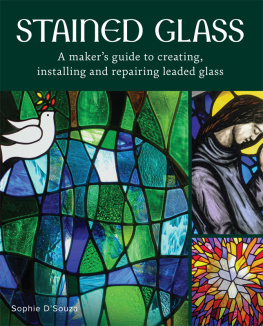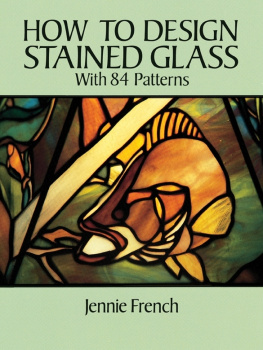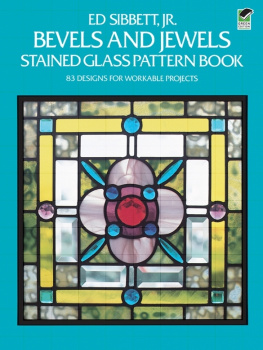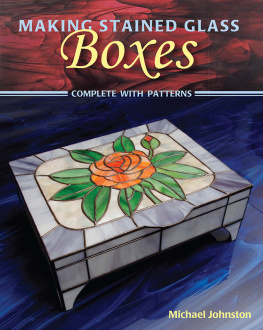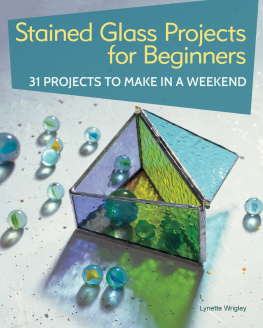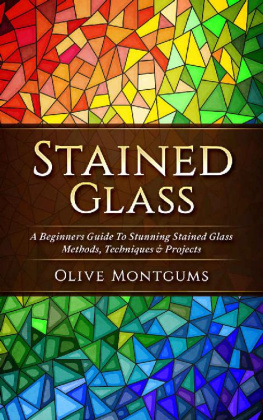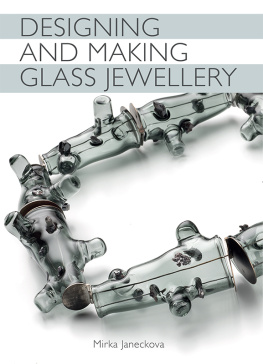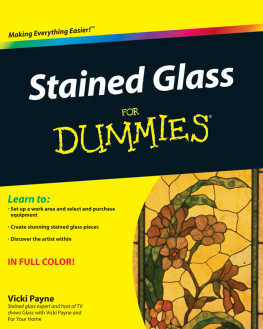Page List

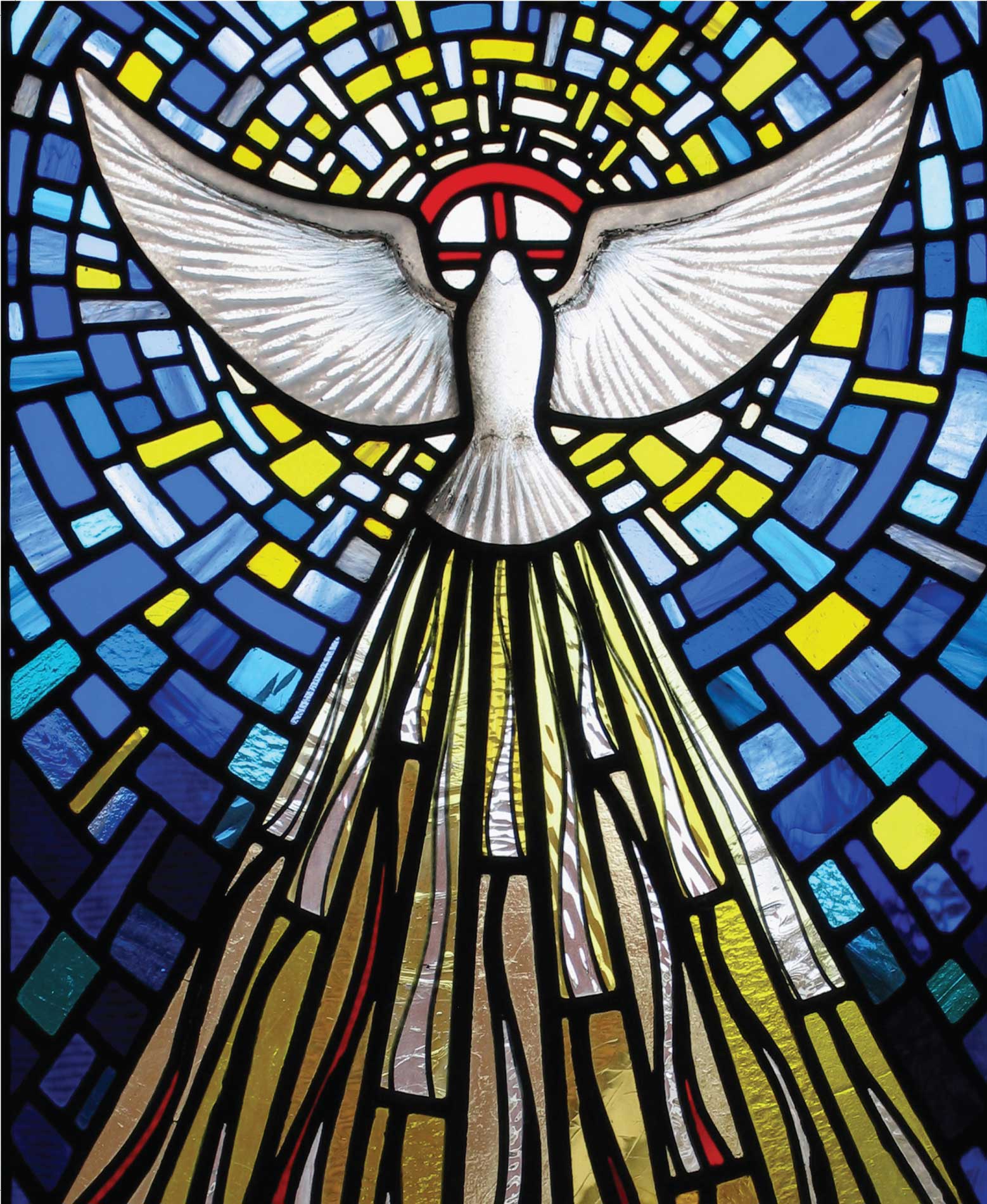
A well-framed piece will be enhanced both by the frame and the location. This light box frame is understated so as not to compete with the setting.

First published in 2022 by
The Crowood Press Ltd
Ramsbury, Marlborough
Wiltshire SN8 2HR
www.crowood.com
This e-book first published in 2022
Sophie DSouza 2022
All rights reserved. This e-book is copyright material and must not be copied, reproduced, transferred, distributed, leased, licensed or publicly performed or used in any way except as specifically permitted in writing by the publishers, as allowed under the terms and conditions under which it was purchased or as strictly permitted by applicable copyright law. Any unauthorised distribution or use of this text may be a direct infringement of the authors and publishers rights, and those responsible may be liable in law accordingly.
British Library Cataloguing-in-Publication Data
A catalogue record for this book is available from the British Library.
ISBN 978 0 7198 4138 5
Cover design: Sergey Tsvetkov
Dedication
To my beautiful father and mother
Introduction
LEADED GLASS
F irst of all, Id like to say how pleased I am that you have picked up this book. I am hoping this means you are thinking of involving yourself in the wonderful art of stained-glass making. As stained glass is something I have devoted myself to for the past fifteen years, I love to meet a fellow enthusiast. A quick flick through the pages of this book, and its many photos, will show you the variety of obscure and singular elements involved. I hope you will be intrigued to find out more and to dip your toe into this wonderfully satisfying art form.
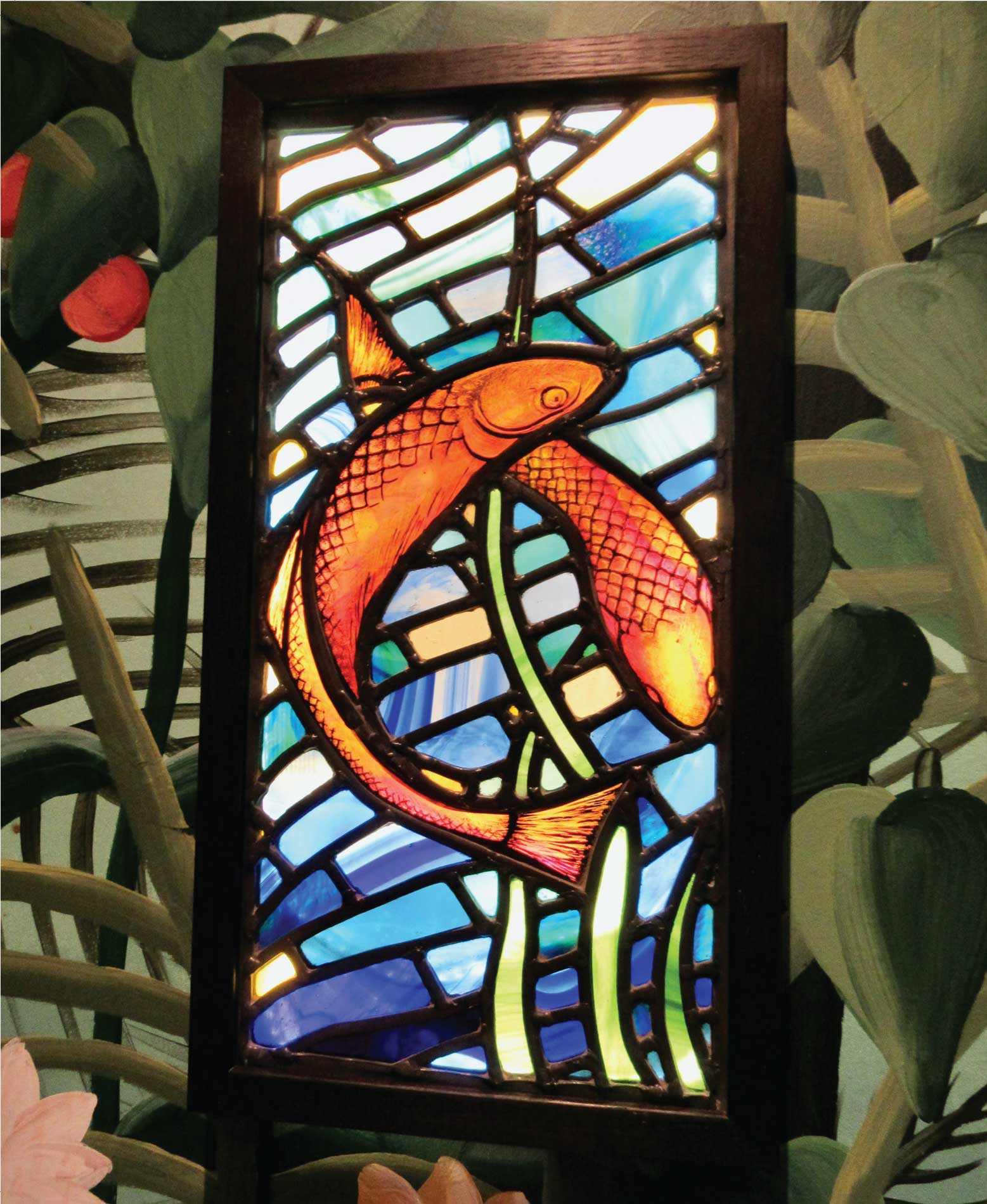
The impact of a beautiful stained-glass window is unequivocal. It changes throughout the day and enhances any environment.
There are many different crafts you might consider exploring, but one of the particularly enjoyable elements of this craft is the marriage between form and function. Stained glass uses skills developed throughout the ages to make work that is not just beautiful, but that has a very practical purpose: namely, to keep the weather out. These two elements must always be borne in mind. And, when broken down into its constituent processes, stained glass very definitely becomes more than the sum of its parts.
The intention of the book is to cover absolutely anything and everything to do with the making of leaded glass. The craft of making stained glass is centuries old and, in many ways, it is the same now as it was 1,000 years ago. This connection with the past is one of its most appealing aspects and, because of this, it is tempting to approach stained glass as an historical discipline. However, the craft of stained glass is alive and well and being practised in workshops all over the world. While there is undoubtably an historic and academic element to the subject, this book is concerned only with the processes involved in the making of stained glass. In other words, this is a makers book, and I will not attempt to include a history of the field. I am not an academic, neither am I an art historian, but I am passionate about furthering the knowledge of this craft.
Although most of the techniques involved have remained largely unchanged across the centuries, there have been advances, notably with glass cutters. We now use cutters with small tungsten carbide-tipped wheels, which afford us accurate and intricate cutting. During the height of stained-glass making in the Middle Ages, glass was cut by laying a hot poker on the glass to induce a break. We are also now able to produce much larger sheets of glass and this can be reflected in our designs, no longer restricted to designing for small pieces of glass.
Another notable difference between the glass of today and that of our forebears is that stained glass was traditionally used as a way of disseminating bible stories and Christian doctrine to the illiterate masses. This didactic purpose is completely lost now. The themes of modern church windows are still theological, but they assume that the congregation has a certain received understanding of the stories and ideas depicted. This has meant that for the first time, we can have windows that are abstract or non-representational. This gives churches the option to fill their windows with stained glass that is both beautiful and evocative, but not tied to the tropes of the past. Stained glass is also commonplace today in secular settings, from domestic dwellings to schools and commercial buildings.
DEFINITIONS
Although it may sound pedantic, I think we need to clarify what we mean by stained glass. The phrase stained glass has come to be loosely applied to all types of art glass. However, strictly speaking, it refers to a window (or panel) that uses staining or painting on glass: typical of the type of windows you see in traditional churches. Painting on glass is beyond the scope of this book and actually it is something you would probably tackle after learning the basics of how to build a window. Stained glass can also refer to techniques such as copper foiling, appliqu, and fused work. Again, these techniques are often referred to under the umbrella term stained glass.
There are many books available that cover all the different methods that can be used when working with art glass. This book will only cover leaded glass and will focus in depth and solely on this. Leaded glass refers to any panel made by joining pieces of glass together with lead cames. By focusing on leaded glass alone, I hope that this book will provide the most in-depth learning aid that has been produced on the subject for many years.
It is important to consider why the craft of stained glass has changed so little over the centuries. The problem inherent with innovating within the field of stained glass is that there is no way of testing the longevity of your potential innovation. And so, the tried and tested methods prevail. There is not usually any need for a vastly different approach to making, but it would be nice to, for example, try a different cement recipe and fast forward twenty years to check that it is still sound. Because this is not possible, it is probably best to follow the advice of experience. In the 1960s, a new appliqu method of stained glass was developed. This involved bonding coloured glass to clear plate glass. It was put into a few notable buildings, including Sheffield Cathedral. Only a few years later, all these new appliqu windows began to fail. Some efforts were made at repair, but in the end they were all removed. This sort of experience is catastrophic, not only from an artistic viewpoint, but also from a health and safety stance. Small bits of glass raining down on visitors is never desirable. And so, we return to the tried and tested methods.
In spite of the unfortunate episode of the failing appliqu glass, there have been many innovations within architectural glass (as opposed to leaded glass): this can be seen all around us, from shopping centres to restaurants and banks. In these modern contexts, where stained glass is specified, leaded glass would definitely not be considered a suitable design response. In the huge, largely glass buildings that are common today, printed designs on safety glass is a far more suitable solution to introducing coloured light. Lighting, too, has gone through many innovations in recent years, and often coloured lights are used to enhance modern glass. These modern glass panels would be considered far safer than leaded glass as they are inherently stronger and can be treated to break in a controlled way. They are also a better fit aesthetically because of their scale and modernity.

